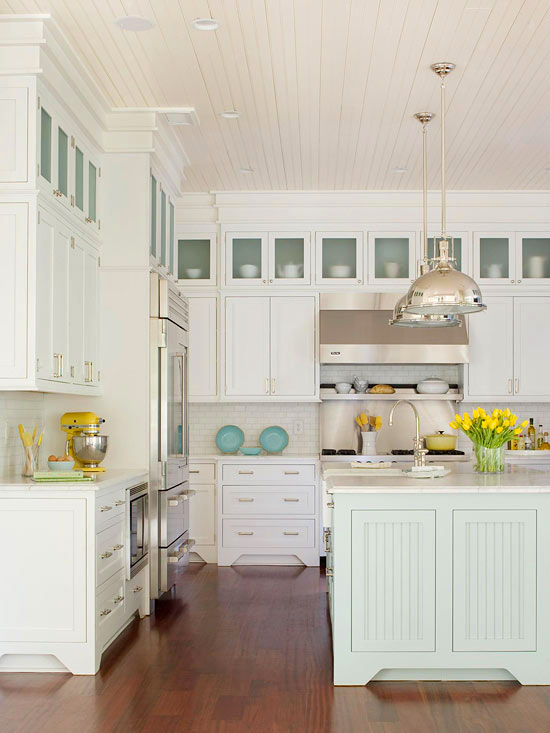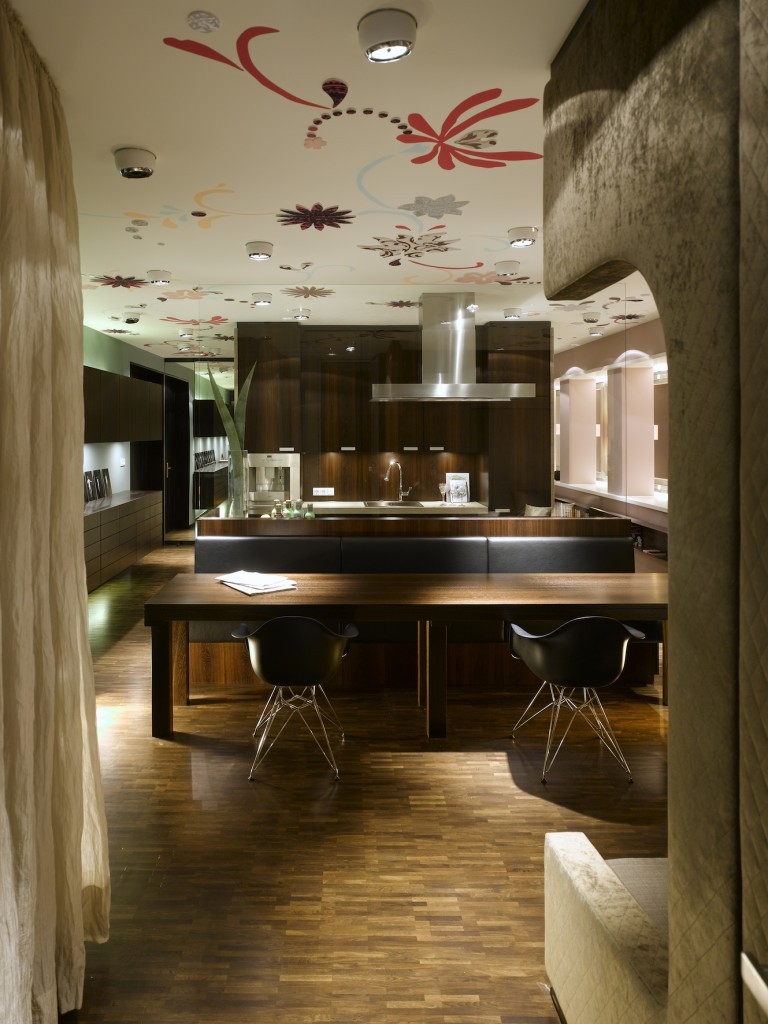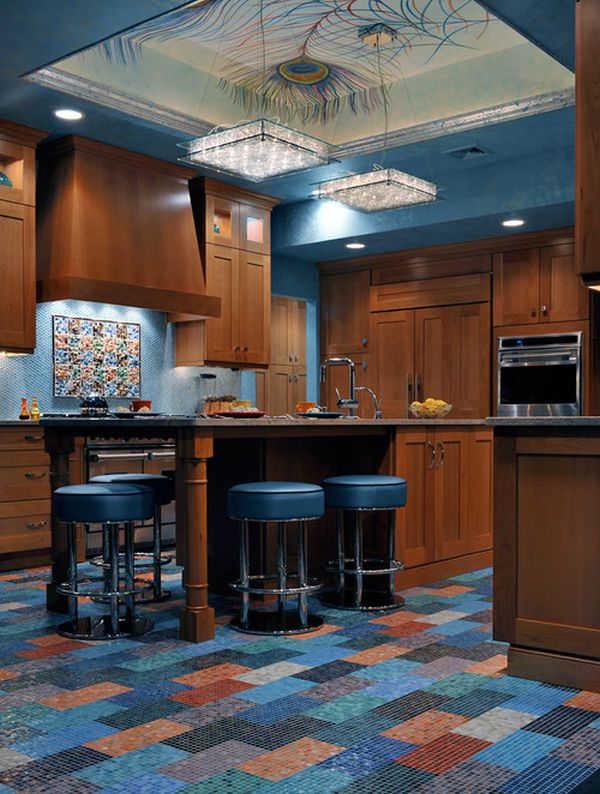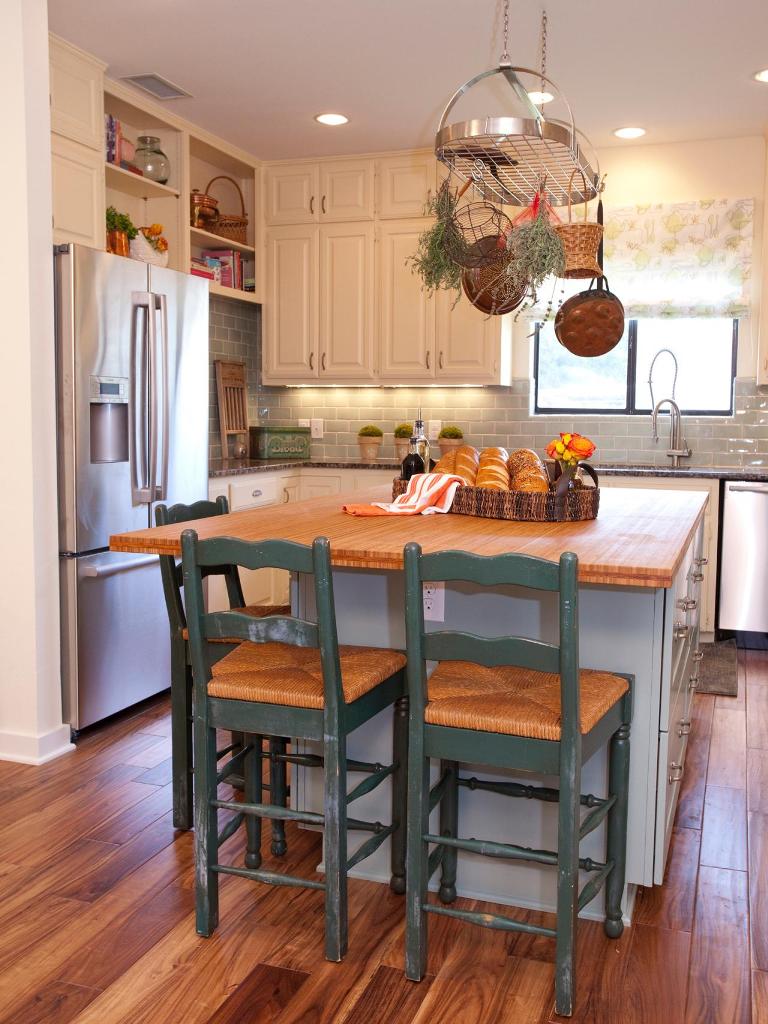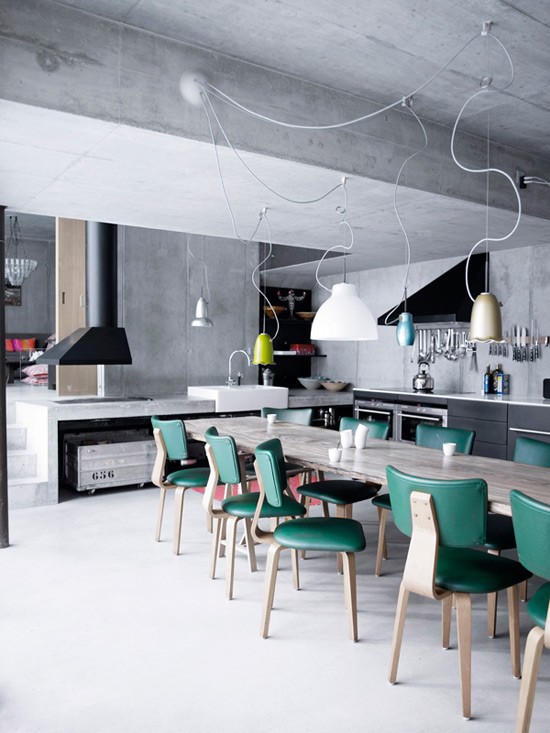You’ve heard this “saying” over and over again, right? If you need help to reflect your mood when decorating, get to know this ancient technique. The way you decorate your home is, without a doubt, one of the elements that most reflects your state of mind and, ultimately, your way of being in life. There are those who choose to keep complementary color schemes and those who bet on the organization of space.

Of course, there are also people who choose to combine the two, ensuring the maximum possible harmony in the space in which they live. The truth is that the home is the mirror of the soul and there is an ancient art that helps bring more peace and harmony to the home.
Feng Shui: the art of wellness at home

Feng Shui is a Chinese art that is thousands of years old. Its literal translation means “wind” and “water”, which shows its direct relationship with nature. The objective of this technique is to live in absolute harmony with the Earth, as this is the only way to attract all its benefits.
Peace, well-being and prosperity are 3 of the main advantages of Feng Shui, a highly adopted art in interior decoration. In fact, most people try to feel “at home” when they enter their own home, but this is a feeling that not everyone can achieve.
That’s why Feng Shui is one of the most effective alternatives when it comes to reflecting the soul of each one in the way you decorate your own home. The perfect balance between all the decorative elements is what is sought, and achieved, through this art.
The Chinese technique establishes some general principles to make (your) home the mirror of your soul, but that doesn’t mean you should ignore your personal taste—in fact, you should include it in the equation, because that’s the only way you can achieve balance of elements so desired. The general principles of Feng Shui are spread throughout the decorative elements and the rooms of the house.
Doors

Doors are one of the most important elements of Feng Shui. They should be wide to invite entry and placed at an angle to allow free movement (of people and energy, of course).
Furniture

Sofas should be placed in front of the entrance door, as they are meaning “to welcome” and “to receive”. In addition, it is also advised that the architecture of the house is respected, which means that you should not place square furniture in a corner. Instead, opt for triangular furniture, so that all spaces are used.
Rooms

The decoration of the living room, or rooms in the house, should follow a pattern of light colors, ideally in shades of “water blue”. The space must be decorated with natural elements, such as straw or wood, to achieve the desired balance.
An object that marks the center of the environment must also be included, such as a lamp, a chandelier or even a rug.
Kitchen and dining room

Obviously, the principles of Feng Shui adapt to each one’s home, so it is not mandatory to have all the rooms mentioned in this article. In any case, if you have a dining room, you should balance its decor with the kitchen.
The predominant color should be yellow, since, in Chinese philosophy, this is the meaning of joy—which should be present in spaces of (re)union. Interestingly, Chinese art also advises to include a clock in the kitchen, so that meal times are always respected.
Bedrooms

Just as the house is the mirror of the soul, the bedroom is the mirror of those who spend the night. For this reason, you should opt for light and peaceful colors with which you identify. Chinese art also advises you to avoid red in this division, as it means everything but moments of rest.
Children’s room

In this case, light colors and pastels are recommended, especially pinks (which represent relationships) and greens (which invoke a feeling of cleanliness in the space).






